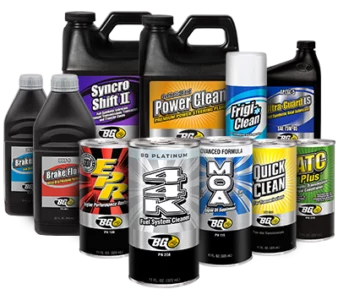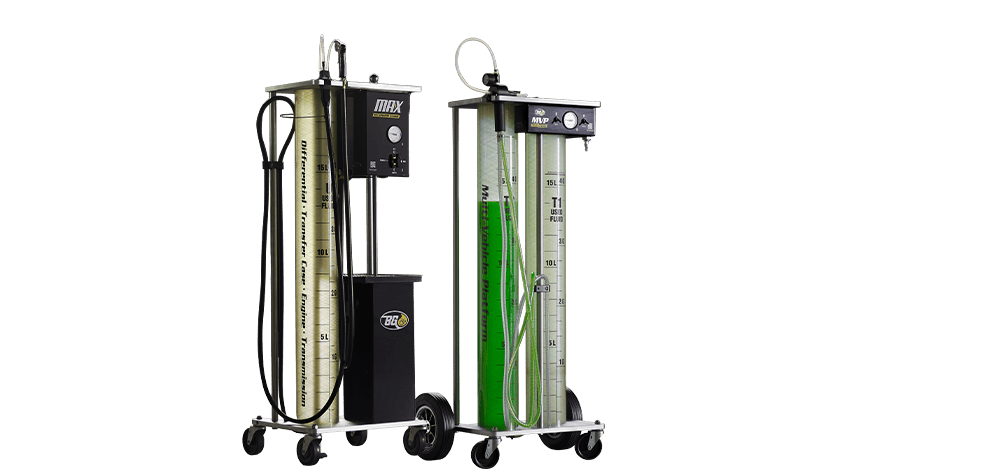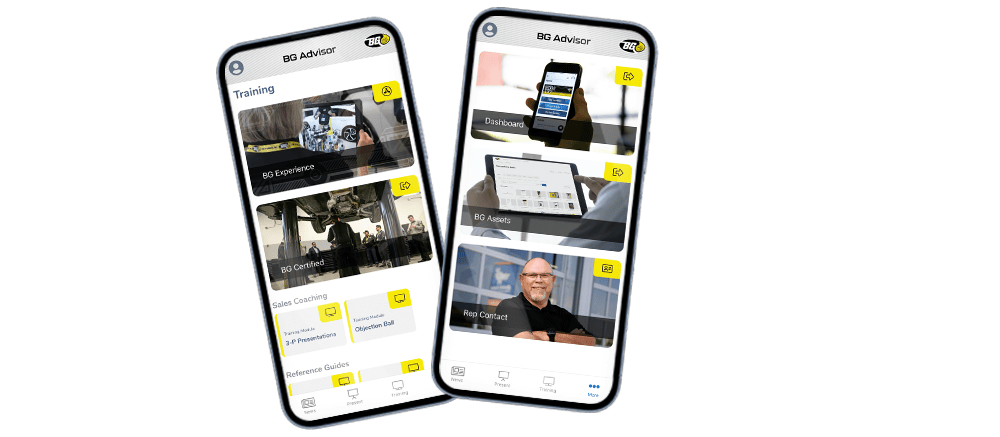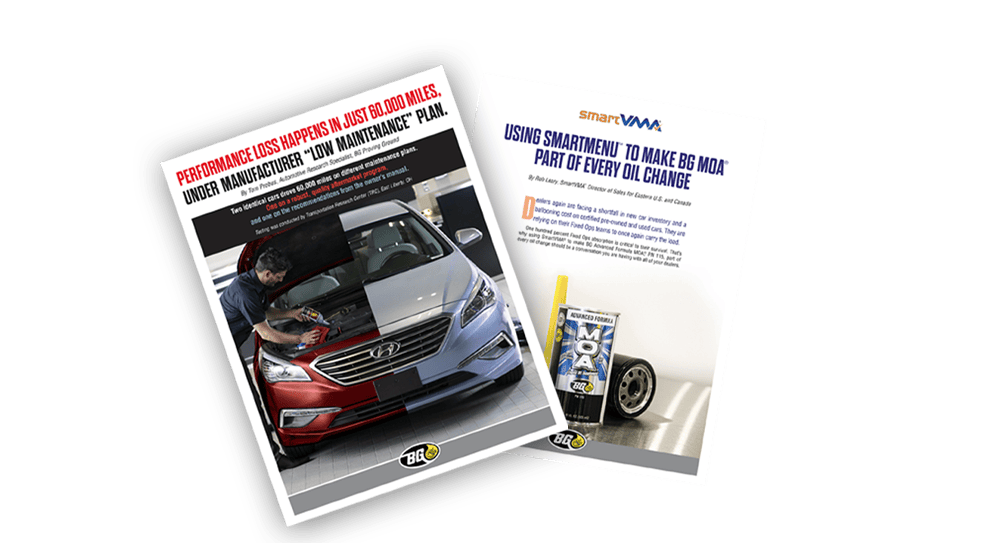
SN 1406 Series
SAFETY REQUIREMENTS
IMPORTANT! The following instructions must be read and understood before attempting to use the BG PXT®2 Performance Exchange® for Transmissions. Read product Safety Data Sheet before handling any BG product. Make sure this service is performed in a well-ventilated area. The BG PXT®2 is designed to service transmissions with line pressure up to 100 PSI maximum and is for use with BG products described in these instructions only. The use of any other chemicals or fluids with this system will void all warranties and could create hazardous conditions.
- Caution: Heavy object. Consider mechanical aid or at least a three-person team lift when lifting machine.
- Keep all hoses and tools away from moving engine parts. Check all lines, hoses and points of connection for cracks and leaks before and after service.
- Caution: Transmission fluid could be under pressure. Use EXTREME CAUTION when removing transmission lines and adaptors before and after the service. Transmission fluid and connections will likely be very hot.
- Always ensure F1 and F2 funnel caps are in place during machine operation.
- The BG PXT®2 is designed to service transmissions with line pressure up to 100 PSI maximum and is for use with BG products described in these instructions only. The use of any other chemicals or fluids with this system will void all warranties and could create hazardous conditions.
- Do not spray solvents on flow indicator; clean using mild detergents only.
- Dispose of used transmission fluid in accordance with federal, state, and local regulations.
- If vehicle is lifted and cycling through gears, ensure tires are not touching any surface.
- Caution: Fluid ejection hazard. Do not run machine unless properly connected to a transmission system or waste drum as described in the instructions.
General Information
The BG PXT®2 Performance Exchange® for Transmissions can perform transmission fluid exchanges with an easy-to-use onboard digital interface.
The BG PXT®2 services automatic transmissions (AT), continuously variable transmissions (CVT), dual clutch transmissions (DCT) and direct shift gearboxes (DSG).
The BG PXT®2 begins with a thorough cleaning using BG Quick Clean for Transmissions, PN 106. All internal transmission components are cleaned. On an automatic transmission, this includes the valve body, the torque converter, oil galleys and clutch pack, and the filter screen. All externally connected components, including transmission lines and coolers, are cleaned as well.
Next, the BG PXT®2 removes the old fluid and cleaner while simultaneously installing new transmission fluid. The BG PXT®2 operates cleaner, faster and is more economical than conventional drain and fill methods. The amount of transmission fluid used can be tailored to each vehicle allowing the technician to minimize service cost.
The final step is the installation of BG ATC Plus® Automatic Transmission Conditioner, PN 310, or BG CVT Plus CVT and DCT Fluid Conditioner, PN 303, to restore pliability to seals and prolong new fluid life.

- User interface touchscreen
- Flow indicator
- Correct flow lever
- S power switch
- F1 funnel
- F2 funnel
- Hose holder
- H1 service hose
- H2 service hose
- T1 new fluid container
- T2 used fluid container
Specifications
Limited Warranty
This product is warranted by BG Products, Inc., to be free of defects in workmanship and materials for a period of one (1) year from the date of purchase by original purchaser. If the product fails within this period, it will be repaired or replaced at seller’s option, provided (1) the product is submitted with proof of purchase date and (2) transportation charges are prepaid to the nearest Service Center. Liability under this warranty is expressly limited to repairing or replacing the product or parts thereof. This warranty does not apply to product or parts broken by accident, negligence, overload, abuse, or if they have been tampered with or altered in any way. This warranty does not apply to service hoses and adaptors which may need replacing due to normal wear. If this warranty does not apply, then the purchaser shall pay all costs for labor, material and transportation.
Note: The use of this apparatus for any purpose other than the services described will render this warranty null and void, as will the use of any chemicals other than the BG products described in this manual. No other warranties are expressed or implied.
Preparing for Transmission Service
IMPORTANT! A thorough inspection of the transmission, including related components such as lines and coolers, should be performed and all repairs made before performing this service. Check the vent on top of the transmission to be sure it is open and functioning. Inspect seal areas and gaskets; replace any that are leaking or badly deteriorated. If the pan gasket needs replaced, it is recommended the transmission filter be replaced as well. The filter should be changed any time a repair service requires that the pan be removed. Check hoses, metal lines and connections to be sure all are in good repair.
- Start the vehicle’s engine and run until normal operating temperature is reached.
- Check automatic transmission fluid level. If it is more than 1 quart (1 Liter) low, add fluid. Do not overfill automatic transmission.
- Add BG Quick Clean for Transmissions, PN 106, through the transmission dipstick tube. (For vehicles without a dipstick, BG Quick Clean can be added through the BG PXT®2 after the connection is made to the vehicle).
- Drive vehicle for approximately 15 minutes. If it cannot be driven or if the BG PXT®2 has already been connected, place the vehicle on a lift so that the vehicle’s wheels are above the floor. With the engine running, shift the transmission through all the gears so that the valve body in the transmission is activated. This ensures that BG Quick Clean gets to all parts. During this procedure, make sure the brake is fully applied and the drive wheels have stopped turning between gear changes to prevent damage to transmission or differential assemblies. After adding BG Quick Clean, the vehicle should not be run more than 30 minutes before performing the fluid exchange.Note: If the vehicle cannot be driven or placed on a lift, chock the wheels, apply brakes (including the parking brake) and carefully shift transmission through the gears several times with engine running at idle speed.Vehicle is now ready for the fluid exchange.
- Shut off engine and locate a junction in either of the two transmission lines that will allow you to install the appropriate adaptor to each end of the junction (see “Possible Points to Make Connections” in this manual). Separate the line at the chosen junction and attach adaptors. Use pinch off clamps on rubber lines to prevent fluid loss while connections are made.
Note: Some vehicles also use the radiator to help cool the engine oil. Be sure the lines you are working with actually go to the transmission and not the engine. - Connect the BG PXT®2 H1 and H2 service hoses to the adaptors. Either hose can be attached to either adaptor; flow direction will be corrected via the correct flow lever after the vehicle’s engine is started.
- Start the vehicle’s engine and check for leaks.
- Power up the BG PXT®2 by attaching its power cables to the vehicle’s battery. To do this, clamp the red connector to the positive (+) terminal and the black connector to the negative (–) terminal.
- Follow the on-screen instructions to proceed with the BG Transmission Service.
Preparing the BG PXT®2 for Next Transmission Service
In order for the BG PXT®2 to be ready for the next transmission service, there must be enough transmission fluid in the T1 new fluid container and enough space in the T2 used fluid container to handle the volume requirements of the next vehicle to be serviced. It is not necessary to start with the T1 new fluid container completely full or have the T2 used fluid container completely empty. The BG PXT®2 allows for multiple services on one charge (and one emptying) of the machine.
To fill the BG PXT®2, simply pour the transmission fluid into the F1 funnel.
To empty the T2 used fluid container, connect the power cables to a 12 volt DC power supply. Ensure the marked hose (H1) is secured to waste drum while emptying machine. Press “T2” on the touch screen. Follow the on-screen instructions. The BG PXT®2 will stop automatically when the container is empty.
Possible Points to Make Connections

- Crossflow radiator with transmission fluid cooler on side
- Crossflow radiator with transmission fluid cooler on opposite side
- Top tank with transmission fluid cooler on bottom
- External transmission fluid cooler
- Transmission front wheel drive
- Transmission rear wheel drive
- Transmission rear wheel on opposite side
Connection may be made at any accessible point along the transmission fluid route. However, it is possible that the adaptors may not fit every connection encountered.

- Radiator
- Transmission
- External filter
- External cooler

- Service hoses
- Correct flow lever
- Flow indicator
- F1 funnel
- Pressure transducer
- Solenoid valve
- F2 funnel
- New fluid pump
- Used fluid pump
- T1 new fluid container
- T2 used fluid container
Inspection and Maintenance
Before each use, inspect the general condition of the BG PXT®2. Check for loose screws, misaligned or binding parts of moving parts, cracked or broken parts, and any other condition that may affect the safe operation of the BG PXT®2. If any of these conditions exist, have the problems corrected before further use. Do not use damaged equipment.
The BG PXT®2 requires no scheduled maintenance although there are four strainers (two in the front manifold block and one each in the T1 and T2 pickup tubes) that can be removed and cleaned if the BG PXT®2 starts to function irregularly.
Use only mild detergents and a soft cloth to clean the flow indicator and user interface touchscreen. Do not use harsh chemicals or abrasives to clean either component. Do not spray brake cleaner on these components.
All receptacles used for the transfer of new fluids and chemicals should be kept clean. The T1 new fluid container should be removed and washed if there is any particulate matter on the bottom. The F1 and F2 funnels should be kept covered when not in use.
The container platforms are supported by load cells that have a maximum capacity of 70 lbs (32 Kg). Do not step on or drop a loaded container onto the container platforms because the BG PXT®2 could be severely damaged.
Calibration
The BG PXT®2 is calibrated at the factory and should not need further adjustment. If the BG PXT®2 does lose calibration contact a BG representative for assistance.

R00
©2024 BG Products, Inc. • Wichita, Kansas 67213 • MADE IN U.S.A. • www.bgprod.com






